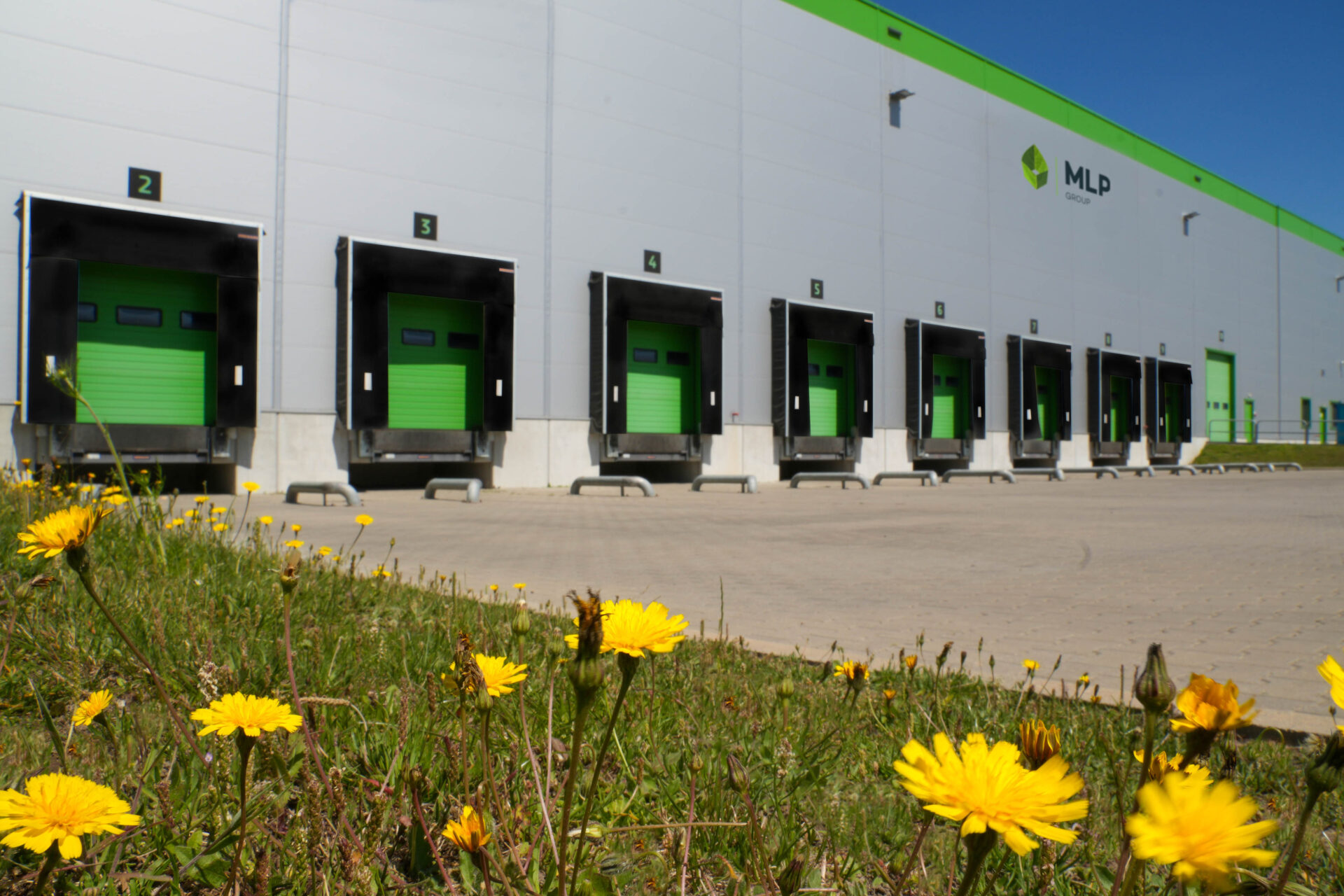Panattoni has been awarded its second BREEAM certificate with a rating of ‘Excellent’ this year, the fourth such certificate to be issued in Poland. This time it was awarded to a centre built to meet the needs of e-commerce. The development with an area of around 108,000 sqm was built for DHL Supply Chain, the world’s largest logistics company. In Poland, Panattoni now has a portfolio of green-certified properties that comprises around 5.3 million sqm and is planning a further 3.5 million sqm of space.
From the moment BREEAM Excellent became part of the standard, Panattoni has certified over 400,000 sqm and the same amount is awaiting appraisal. Additionally, since the beginning of the year, thirteen other centres built earlier by Panattoni with a combined area of 260,000 sqm have been certified with a BREEAM rating of ‘Very Good’. As a result, the developer has more than 5 million sqm that has successfully undergone environmental certification with a further 3,5 million sqm planned for this year.
Located in Żerniki Wielkopolskie the BTS DHL Supply Chain development is the second centre this year to be certified with a rating of ‘Excellent’. The warehouse scored 74.2 pct and it was awarded ‘Outstanding’ in three categories.
For ‘Water’ the centre scored the maximum 100 points. Such an assessment results from the introduction of a range of solutions to reduce water usage. On the one hand, this includes equipment to limit the flow such as aerators and electronic valves and on the other, it includes the planting of native plants on the site. By hiring an ecologist and matching the plants to normal rainfall, no additional watering is required.
“These types of solutions meant that water savings for the centre near Poznań are as high as 60.5 percent compared to the average usage model. This is indeed a lot. We have to remember that Poland is one of the countries with the fewest water resources in Europe and desertification is occurring before our very eyes. Besides limiting our water usage, as well as the ecological benefits, is also measurably advantageous for the tenants themselves, since they pay less for it. Certifying centres also results in energy savings, which for the Żerniki building come to around 18 pct a year,” explains Emilia Dębowska, Sustainability Director at Panattoni.
High ratings of ‘Outstanding’ were also awarded for ‘Waste’ (86 percent) and for ‘Health and Wellbeing’ (91 percent). Waste management is of particular importance both in terms of sustainable development and for the certification of the centre. It concerns not only the construction of the building itself but also how the entire centre is later managed.
During the construction of the BTS DHL Supply Chain, 86,68 percent of the waste was recycled. The wood used came exclusively from legal sources where the supply chain was known. And more materials were used with EPD certification than was promoted by the certification standards. The building and its surroundings were above all prepared for the oncoming climate changes over the long term. The choice of materials and the solutions applied are intended to protect the building from violent weather phenomena. At the same time, a Centre Adaptation Strategy was also drawn up for any changes in its use. It is intended to limit any future work required for its extension or change of use. Scoring 88.9 percent for its Building Life Cycle Analysis confirms that energy usage has been minimised and so have its emissions and the harm it does to the environment over the entire life cycle of the building.
Without a doubt, the long-life cycle of the building will be helped by the care that the developer took with solutions to help future workers. The concentration and circulation of pollution within the centre have been limited and the appropriate thermal comfort is assured while noise does not exceed the allowed limits. Solutions have been applied to prevent water contamination and the entire centre has been designed to meet the needs of different kinds of people and has been designed without barriers.
Transport for users of the park has been adapted to the location of the building and to reduce CO2 emissions. Parking bays for buses have been provided and cycling facilities have been prepared including roofed bicycle shelters that are conveniently placed and well-lit. Electric vehicle charging has been provided as well as priority parking spaces for car sharing.







